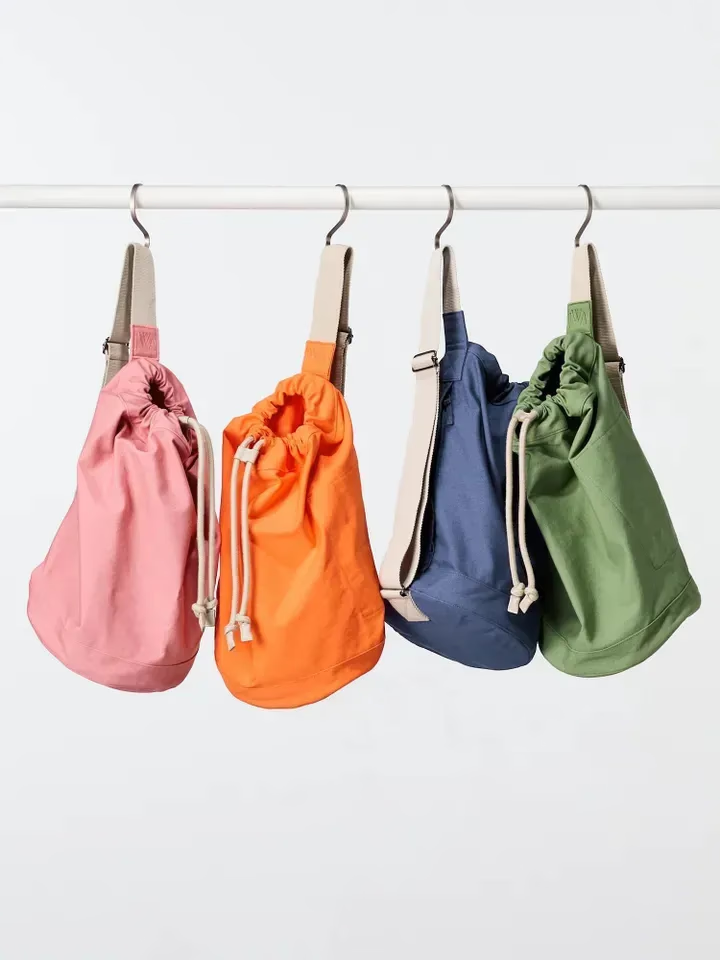
Launched on January 10th with the theme ‘Modern Prep,’ the ‘2025 SS Uniqlo X JW Anderson’ collection has been highly anticipated. Among the items, the ‘Uniqlo X JW Anderson Drawstring Bag’ has become a major talking point. Immediately upon release, it quickly sold out not only in Korea but also on the official Japanese website, leading to shortages in physical stores. On resale platforms like KREAM, it’s even being sold at a premium.
Why are Uniqlo collaboration products so incredibly popular? Is it simply due to the ‘famous designer’ name recognition? And why is Uniqlo so invested in collaborating with famous designers? Is it just for a ‘flash-in-the-pan’ popularity boost? 🤔
🚀 Design for Everyone: The Power of the Uniqlo Ecosystem
One of the reasons for the success of Uniqlo collaborations is the brand’s own powerful infrastructure. As a global SPA brand, Uniqlo has built a robust production and distribution network spanning the globe. You could think of it as a massive logistics hub, like Amazon or 쿠팡 (Coupang).
Rock-Solid Mammoth Manufacturing System
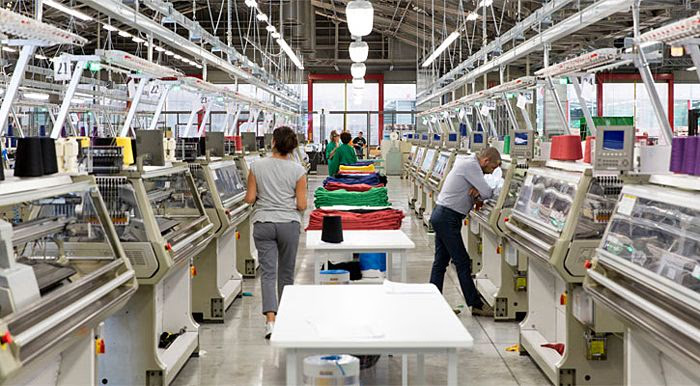
Uniqlo’s mass production system forms the physical foundation for collaborations. Producing an astounding 1.3 billion garments annually, Uniqlo’s immense production capacity turns designers’ imaginations into reality. The magic of the Uniqlo U collection, developed by the Lemaire team at the Paris R&D center, being released simultaneously in 32 countries worldwide! This was also made possible thanks to Uniqlo’s global distribution network.
Creation Starts with Freedom
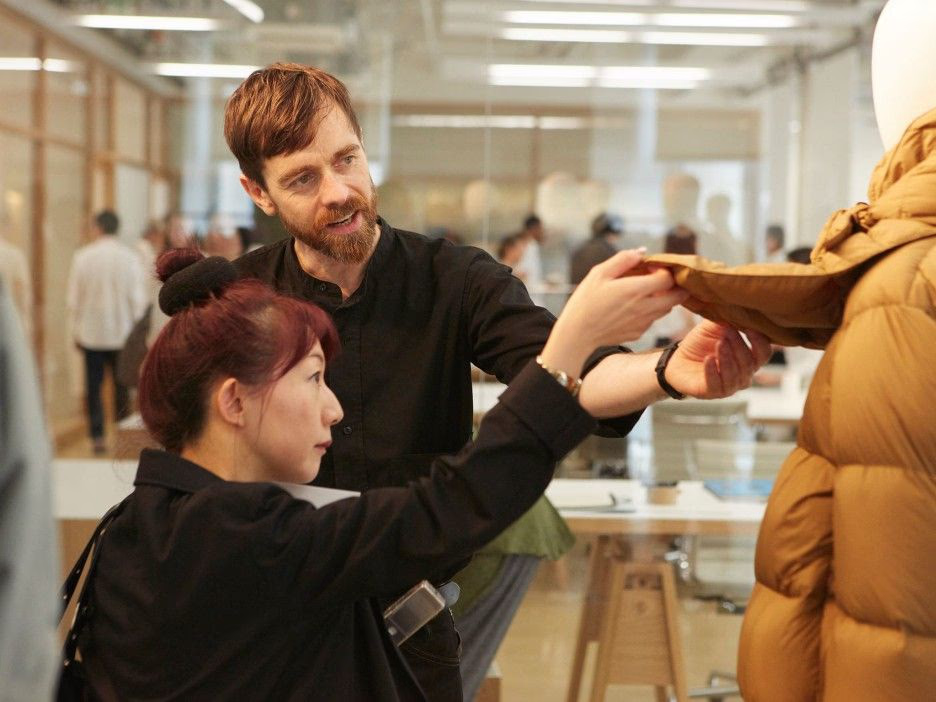
An interesting point here is that Uniqlo guarantees maximum freedom to designers during the collaboration process. It’s like providing a blank canvas and letting the artists decide what to paint on it. The Lemaire team operates as an independent creative center, separate from Uniqlo’s main line. Jil Sander also explored three-dimensional structures in her design process, adhering to her own unique style. This autonomy allows designers to fully unleash their creativity, leading to high-quality collaboration outcomes.
🎨 Freedom for Designers, Wings for Uniqlo
The collaboration between Uniqlo and designers is a win-win situation, perfectly symbiotic. They complement each other’s shortcomings, maximizing the synergy. It’s like puzzle pieces fitting together to complete a perfect picture.
Uniqlo, Gaining Premium Image Wings
While being a national brand known for basic and comfortable clothes is good, Uniqlo was missing that certain something – designer appeal. Designer sensibility was like the final puzzle piece. When Uniqlo first collaborated with Jil Sander, Uniqlo’s Japan sales jumped by 30 billion yen. At the launch of the +J collection in 2020, there were overnight lines at 200 stores worldwide. During the JW Anderson collaboration, there were even purchase limits per person, showing just how popular it was. Through collaborations, Uniqlo has transformed from a basic essentials brand to an all-around brand with designer flair.
Designers, Communicating with the Public
For designers, Uniqlo is like a new playground. They get the opportunity to showcase their designs to a wider audience by producing them on a large scale through collaborations, something they might not easily attempt with their own brands. Jil Sander mentioned that she was able to undertake experimental attempts, like using decomposable materials, through her collaboration with Uniqlo. Lemaire, through the Uniqlo U collection, explored the value of timeless everyday wear, infusing his luxurious sensibilities, honed since his time at Hermès, at affordable prices. In this way, Uniqlo collaborations have become a golden opportunity for designers to broaden their creative scope and expand their connection with the public.
💰 Era of Affordable Dupes: Reading Consumer Trends
Dupe consumption by Generation (Unit: %)
Percentage of people who have intentionally purchased a premium or luxury dupe
Recently, “dupe” consumption has moved beyond a fleeting trend and become a cultural phenomenon. “Dupe,” short for “duplicate,” refers to the trend of purchasing affordable products that closely resemble famous brand items. It’s particularly popular among Gen Z and Millennials, as smart consumers seeking rational spending are on the rise. Why are we suddenly talking about dupe consumption in an article about Uniqlo?
High Inflation Era, Rational Consumers Emerge
The consumer price inflation rate in Korea in 2024 was 4.2%! In an era of high inflation where everything except salaries is increasing, dupe consumption might be an inevitable choice. Uniqlo U line’s value for money is already well-established. Compared to Lemaire’s main line products, the price-to-efficiency (B/C Ratio) is a staggering 3.8 times higher, making it noteworthy for consumers interested in affordable dupes.
Beyond Imitation, Recreation: The Power of Dupe Culture
Dupe culture isn’t just about knock-offs or copying. It’s closer to creative reinterpretation. The Jil Sander +J collection, affordably embodying minimalist practicality, set a new standard for dupe consumption. Reducing the secondary processing rate of fabrics by 14% while maintaining product quality is truly remarkable, isn’t it? This showcases a new normal craftsmanship in the age of mass production, different from the handmade methods associated with traditional craftsmanship.
Word-of-Mouth Spreads Faster Than ‘Light’
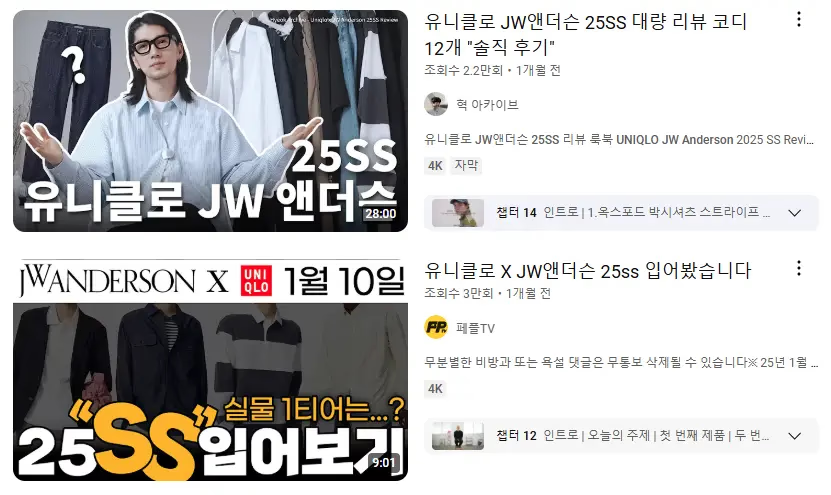
Digital platforms have played a significant role in the spread of the dupe consumption trend. At the time of the JW Anderson collaboration product launch, SNS mentions exceeded 4.5 million within 72 hours. Consumer-generated word-of-mouth marketing has recorded a 3.2 times higher conversion rate than traditional advertising. Ultimately, savvy consumers are sharing information through digital platforms and making dupe consumption a trend.
🌐 Beyond SPA to ‘Fashion Innovation’: Uniqlo Changing the Industry Landscape
Uniqlo’s collaboration strategy is not just a simple tactic. It’s a game-changer altering the entire paradigm of the fashion industry. Through collaborations, Uniqlo is transcending the limitations of an SPA brand and leading fashion innovation.
Luxury Brands, Eyeing the ‘Mass Market’
The dupe consumption trend is causing a ripple effect in the luxury market. LVMH Group’s 3% decrease in sales in the third quarter of 2024 starkly demonstrates the disruptive power of dupe culture. Although luxury brands have expanded their entry-level lines and are targeting the mass market, they can’t compete with Uniqlo collaboration products in terms of value for money. With a 4.7 times lower price competitiveness compared to Uniqlo collaboration products, it’s natural to lose in price competition. This may be a warning sign that the entire value chain needs to be restructured.
SPA Brands, Era of ‘Superiority’ Competition
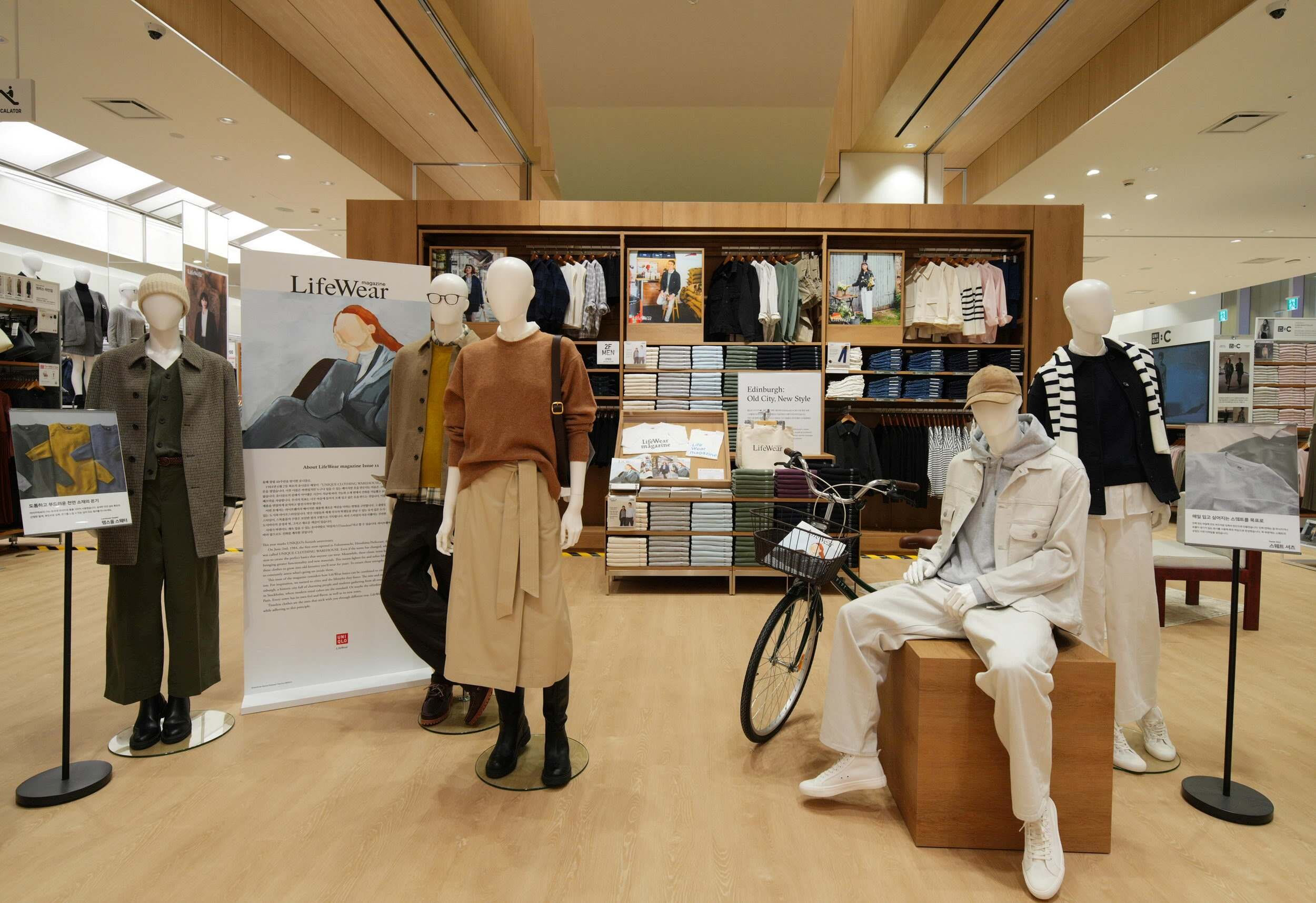
In the SPA brand market, a divide between winners and losers is also emerging. Zara’s premium basic strategy and Uniqlo’s designer collaboration strategy are forming a duopoly, dividing the market. In the Korean market in 2024, Uniqlo’s collaboration line sales growth rate was 21.5%! That’s 8.3%p higher growth than Zara. In particular, Uniqlo’s integrated online-offline launch system provides a decisive advantage in terms of accessibility. Ultimately, Uniqlo, with its designer sensibility, value for money, and convenient accessibility, is increasingly likely to seize hegemony in the SPA market.
🔭 The Future of Sustainable Fashion: Direction Suggested by Uniqlo Collaborations
The collaboration between Uniqlo and high-end designers is not a temporary phenomenon. It should be seen as a catalyst driving structural changes in the fashion industry. As of 2025, collaboration collections account for 28% of Uniqlo’s total sales, playing a significant role as a driving force for brand growth. It has resolved the seemingly impossible dichotomy of creativity and mass production with the keyword collaboration.
Which designer will Uniqlo collaborate with next to capture our hearts with a new collection?